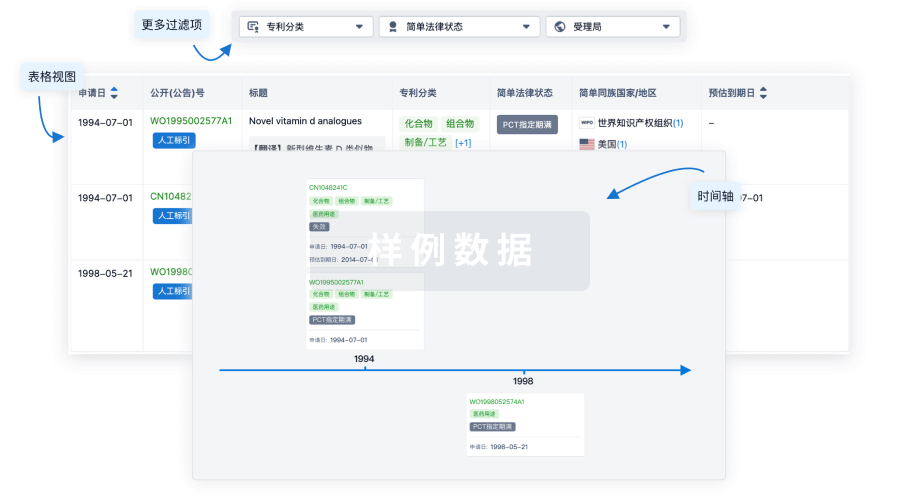1区 · 医学
Article
作者: Perrier, Prunelle ; Demetz, Egon ; Petzer, Verena ; Pfeifhofer-Obermair, Christa ; Carvalho, Joana ; Wake, Matthew Stephen ; Papworth, Jonathan ; Wolf, Dominik ; Bosserhoff, Anja ; Asshoff, Malte ; Weiss, Guenter ; Dichtl, Stefanie ; Kautz, Léon ; Seifert, Markus ; Brigo, Natascha ; Tymoszuk, Piotr ; Deantonio, Cecilia ; Volani, Chiara ; Berger, Sylvia ; Sopper, Sieghart ; Nairz, Manfred ; Böhm, Felix ; von Raffay, Laura ; Bayliss, Luke ; Hilbe, Richard ; Hoffmann, Alexander ; Arndt, Stephanie ; Grubwieser, Philipp ; Valente de Souza, Lara ; Germaschewski, Volker ; Theurl, Igor
AbstractRecombinant erythropoietin (EPO) and iron substitution are a standard of care for treatment of anemias associated with chronic inflammation, including anemia of chronic kidney disease. A black box warning for EPO therapy and concerns about negative side effects related to high-dose iron supplementation as well as the significant proportion of patients becoming EPO resistant over time explains the medical need to define novel strategies to ameliorate anemia of chronic disease (ACD). As hepcidin is central to the iron-restrictive phenotype in ACD, therapeutic approaches targeting hepcidin were recently developed. We herein report the therapeutic effects of a fully human anti-BMP6 antibody (KY1070) either as monotherapy or in combination with Darbepoetin alfa on iron metabolism and anemia resolution in 2 different, well-established, and clinically relevant rodent models of ACD. In addition to counteracting hepcidin-driven iron limitation for erythropoiesis, we found that the combination of KY1070 and recombinant human EPO improved the erythroid response compared with either monotherapy in a qualitative and quantitative manner. Consequently, the combination of KY1070 and Darbepoetin alfa resulted in an EPO-sparing effect. Moreover, we found that suppression of hepcidin via KY1070 modulates ferroportin expression on erythroid precursor cells, thereby lowering potentially toxic-free intracellular iron levels and by accelerating erythroid output as reflected by increased maturation of erythrocyte progenitors. In summary, we conclude that treatment of ACD, as a highly complex disease, becomes more effective by a multifactorial therapeutic approach upon mobilization of endogenous iron deposits and stimulation of erythropoiesis.






